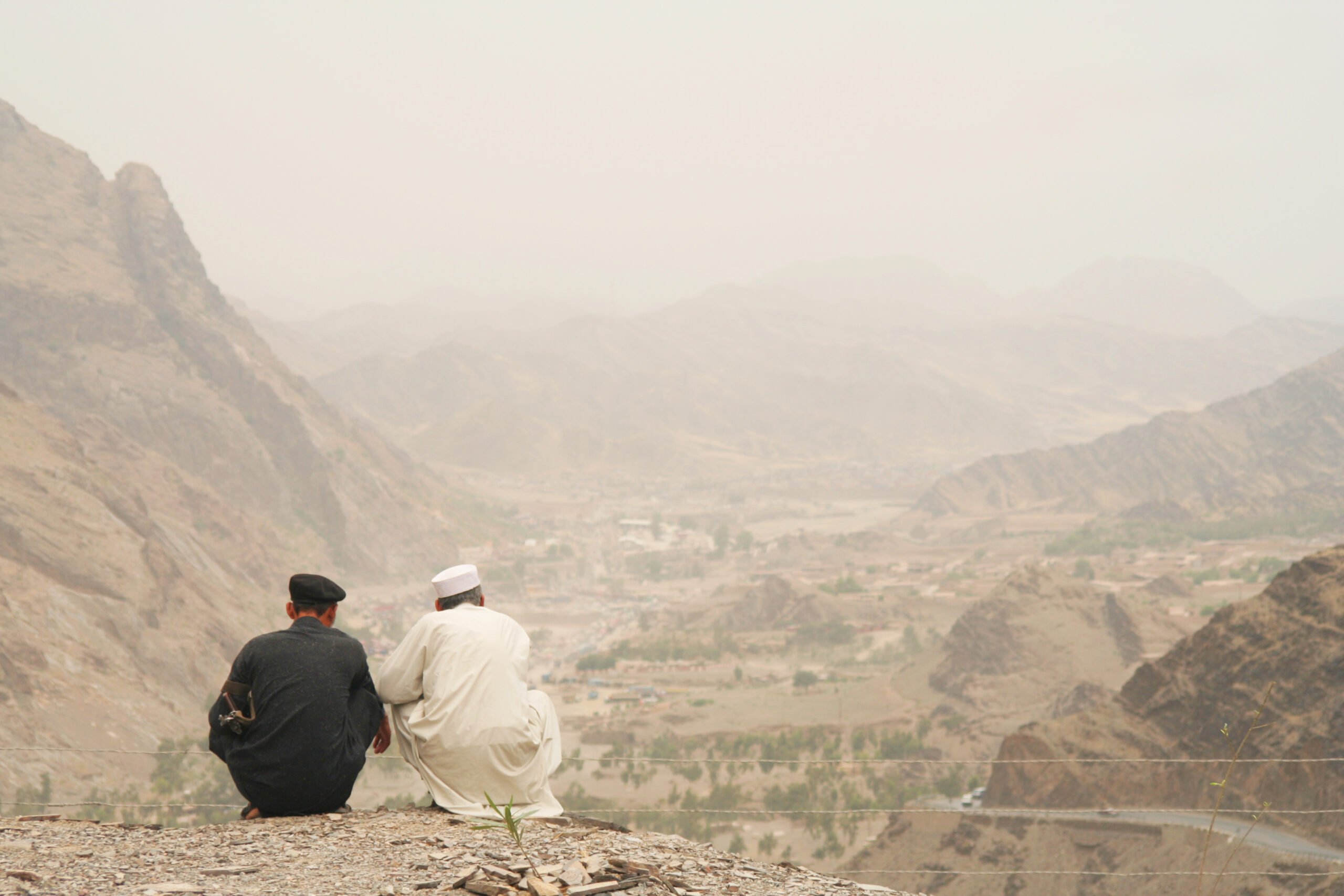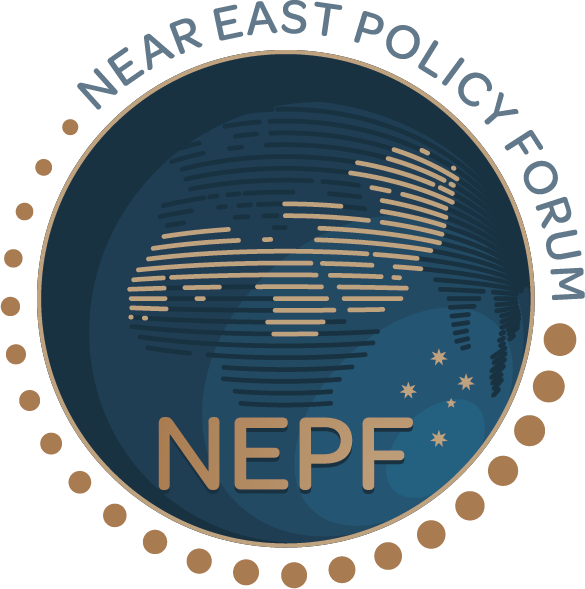After nearly two decades, the current manifestation of conflict in Afghanistan may be coming to an end. The United States and representatives of the Taliban signed an agreement in February 2020 that ostensibly sets the terms for the US military departure from Afghanistan. In principle, it also creates conditions for the reconciliation negotiations between the Taliban and the rightfully elected government led by President Ashraf Ghani. The broader regional implications are obvious. Barring any catastrophic event, the days of a heavy Western security presence in Afghanistan are over. It is important to note that the West is not leaving Afghanistan, but the presence will center around diplomatic and economic measures, more than security. President Joseph Biden’s remarks on April 14, 2021 underscore this view, as he announced the planned full withdrawal of U.S. military personnel from Afghanistan by September 11, 2021. This declared deadline highlights the reason U.S. troops entered Afghanistan: as it will be the 20th anniversary of the Al Qaeda terrorist attacks in the United States. In this new environment, it is expected that regional actors, especially the immediate neighbors, will play a greater part in Afghanistan’s future. Such engagement is largely welcome by the government and population of Afghanistan if it leads to the country’s integration into the regional economic and security architecture, as opposed to being another opportunity for renewed proxy conflicts. These expectations of a more positive regional approach to Afghanistan’s future exist in the current COVID-19-dominated period and will be more pronounced when the pandemic passes.
Much has been written on the influence of neighboring states such as Pakistan, India, Iran, and China, on Afghanistan’s future. Each has their own history of involvement in Afghanistan that goes back many years. Often overlooked are the countries to the north, who have justifiable concerns over the future of Afghanistan. Tajikistan, Uzbekistan, and Turkmenistan all share borders (1,206 km, 137 km, and 744 km, respectively) with Kyrgyzstan and Kazakhstan are but one country removed. As 2021 unfolds, the leaderships of these states must decide if and how they can contribute to Afghanistan’s future trajectory. Of course, such aspirations are colored by what has happened in the past, including the Soviet experience in which Central Asia was intimately involved. A significant challenge is simply overcoming the time-worn negative perception of their neighbor to the south. This article argues that changing the current threat-centric perception is a prerequisite for the Central Asian states to truly engage and partner with Afghanistan. This is especially important as the northern neighbors wait with nervous anticipation for the outcome of the stop-and-start intra-Afghan negotiations currently underway. The progress, success, or failures of these efforts will play a key part in shaping future Central Asian strategies towards Afghanistan.
How do the Central Asian states see Afghanistan? Since independence in 1991, these states’ governments generally consider Afghanistan to be a source of transnational threats such as narco-trafficking and terrorism. Thousands of tons of opioid products have crossed the shared borders over the years. The United Nations Office on Drugs and Crime (UNODC) estimates that over 25 percent of all Afghan opium and heroin crosses into Central Asia for markets there, or beyond to Russia and Europe. Violent extremist groups have also taken advantage of the cross-border regions, with personnel, equipment, and ideas shuttling back and forth. The links between the Taliban, Al Qaeda, and indigenously created extremist groups such as the Islamic Movement of Uzbekistan have been part of the Central Asian narrative on Afghanistan. While attacks peaked in the late-1990s and early 2000s, periodic upticks in violence underscore the current challenges the Central Asian states face. As some of these groups found refuge in Afghanistan, or the tribal areas of Pakistan, the governments of Central Asia are rightly concerned about increased border security. The rise of the so-called Islamic State-Khorasan (IS-K) in recent years amplifies these concerns. Is this approach warranted? After all, there are shared histories, languages, and cultures on which regional dynamics could be anchored. While true, these have been tempered by decades of the more defined border during the Soviet period in addition to the violence that has characterized Afghanistan over the past four decades. Consequently, the perception and policy prescriptions of the countries are overwhelmingly security focused.
What does a threat-centric perception mean in practical terms? It is important to note that the five states in Central Asia are distinct, each with their own concerns and priorities. The three immediate neighbors emphasize border management, focusing on sealing or controlling the shared space. No surprise, their capabilities vary. The limitations of materiel and personnel, as well as a general lack of coordination has given mixed results in the effective controlling of the border regions. Tajikistan’s border with Afghanistan remains difficult to monitor because of the terrain, although there are checkpoints at key crossings, such as Panji Poyon. In contrast, Uzbekistan’s short border zone is more effectively managed. The crossing at Termez, to include the “Friendship Bridge,” has a state-of-the-art security system and cargo examination process. Turkmenistan’s desire to maintain a peaceful border parallels its behavior with other immediate neighbors, such as Uzbekistan, Kazakhstan, and Iran. Crossing points are managed, but as much of the shared space includes remote desert terrain, full control is not possible. Kyrgyzstan hosted the US/NATO transit facility at Manas during the Operation Enduring Freedom (OEF) and International Security Assistance Force (ISAF) missions (2002-2014). However, due to domestic and some international pressure, it abrogated the base agreement in 2014. Finally, Kazakhstan created a robust peace keeping capacity within its military, to the extent that it is now NATO-certified through the Partnership for Peace (PfP) Program, with a perceived intent to deploy them in Afghanistan within the international coalition. While there was some discussion of having a security presence in the NATO coalition operations in Afghanistan, the government declined to commit troops.
Over the years, the militaries and other security services of the Central Asian states have engaged with their counterparts in Afghanistan. While modest and episodic, they suggest definite opportunities for cooperation. At present, most have taken place in within multinational frameworks and with the encouragement of third parties. In May 2020, the US, Uzbekistan, and Afghanistan initiated a trilateral security dialogue in which greater cross border cooperation could be framed. In March 2021, a similar dialogue of the US, Tajikistan, and Afghanistan began. The Collective Security Treaty Organization (CSTO), which includes Tajikistan, Kazakhstan, and Kyrgyzstan, plays a part in the security of the Tajik Afghan border space, as well as current basing operations in Kyrgyzstan. It is important to note that the CSTO is called to action if the security threat is a “nation-state challenge” – a violation by a neighboring state. It remains unclear how the organization will act if the threat is of a transnational, non-state nature.
These three Central Asian CSTO members are also part of the Shanghai Cooperation Organization (SCO), along with Uzbekistan. Afghanistan and Turkmenistan are observer members of this organization. In terms of security, the SCO focuses on the “three evils” of terrorism, separatism, and extremism, with official SCO statements periodically highlighting the challenges emanating from Afghanistan. The SCO has legal and institutional limitations on the use of force as it is not a collective defense organization. Even a modest Chinese base that has been set up in Tajik region just north of the Wakhan Corridor is primarily focused on maintaining security for cross-border traffic and intelligence gathering. Actual collective defense is not part of its mandate. In short, there will be meetings and declarations, but real security-based actions by the SCO will be rare, if not absent.
Why, then, would some Central Asian states engage economically and socially (person to person) with Afghanistan and move away from this threat-centric perception of Afghanistan? Or at least balance the priorities to emphasize the positive links within the region? Interestingly, there have been sustained efforts on the part of the Central Asian countries to reach out to Afghanistan in non-security fields. For example, some highlight economic ties within the region. The well-publicized rail link between Termez, Uzbekistan and Hairaton, Afghanistan is an example of infrastructure development along the border. Initially built with the intent of facilitating the so-called “Northern Distribution Network,” it is primarily used for commercial trade between the two countries. Indeed, in recent months, the Uzbek government has announced plans to extend the rail network to include other key cities in Afghanistan and eventually create a more robust transit link between Afghanistan and Central Asia. Cross-border trade, even if of basic commercial and agricultural goods, exists. Roughly three percent of Afghanistan’s exports go to Central Asian countries, but over 17 percent of imports come from these states. The latter are largely energy and foodstuffs. In the field of person-to-person opportunities, Kazakhstan has funded scholarships for Afghan students to study in Kazakhstan, especially at Nazarbayev University in Nur-Sultan, in addition to other cultural exchanges. Thousands of Afghan students have benefitted from this. Others have increased educational and cultural exchange opportunities to varying degrees. Given that there are significant Uzbek, Tajik, and Turkmen communities in Afghanistan, there are opportunities to emulate the Kazakh example.
Finally, there is an increased call to be inclusive of Afghanistan in the diplomatic space, with the Central Asian countries focusing on achievable measures to assist that country’s stabilization. Since assuming office in Uzbekistan in 2016, President Shavkat Mirziyoyev of Uzbekistan has focused on regional cooperative efforts within Central Asia and regularly includes Afghanistan in his public discourse. Regionally, it is more common to hear presidential, foreign ministry, or other offices speak of an ‘expanded Central Asia’ that includes Afghanistan. Afghan counterparts are more frequently invited to attend conferences and other working group meetings that focus on regional connectivity. Over the past several years, each of the Central Asian countries have offered their services to be a venue for reconciliation or peace negotiations for the parties in Afghanistan.
Why do this? For the landlocked countries of Central Asia, an expansion southward increases their trade opportunities with South Asia and the Middle East. Given the current international sanctions on Iran, especially those set by the US government, it is difficult for significant trade to take place with and through that country. To access markets in Pakistan and beyond, the land routes through Afghanistan must be utilized. A more stable and connected Afghanistan ought to be a less inviting space for transnational criminal and extremist organizations that could potentially harm Central Asia. That said, a reality check is required. The amount of foreign direct investment, business transactions, and other engagement efforts the five Central Asian states and Afghanistan remain limited. Afghanistan does not register as a significant trade partner for any of the countries, nor is the reverse true. Most of the current trade is in raw materials, some machine products and energy. Uzbekistan has invested in transportation, to include the rail link to Hairaton, Afghanistan. At present, there are a few publicized cross-border energy projects such as the TAPI gas pipeline from Turkmenistan, or the CASA-1000 electricity project. These remain stymied by security concerns in Afghanistan. Central Asian assessments of the reconciliation efforts in Afghanistan are imbued with hopeful language, but quickly turn to the security challenges that exist. In February 2021, a delegation of Taliban representatives visited Turkmenistan to speak with government officials. Part of the meetings focused on energy, to include the viability of the TAPI pipeline. The logic is one exemplified by other neighboring states: in a conflict situation, one must deal with all sides to secure future trade opportunities. This occurred in the 1990s during the Afghan civil war and the subsequent rise of the Taliban and appears to be happening again. In short, it is difficult to shake the past and current security-framed perceptions of Afghanistan.
Given these limitations, an obvious reality confronts the Central Asian states in the months and years ahead. Their ability to positively affect the situation in Afghanistan is modest and continued patience is required. For the most part, a successful resolution to the crises within the country rests in the hands of Afghan actors – the government and the Taliban attempting to overthrow it. If they can come to some condominium, then stability in the country would allow for more active engagement on the part of the Central Asian states. Other outside powers, most notably Pakistan, will act with or without the consent or cooperation of the Central Asian states. The same is true of the West. For several years, the US has been looking at a way to extricate itself from this “forever war.” Combat operations have been relegated to counterterrorism and troop levels have dropped to below 5,000. Even including a similar number of NATO and coalition forces, the total foreign fighter figures are less than that which was seen in 2002. In early 2021, the United States Institute of Peace (USIP) published the findings and recommendations of a high-level “Afghan Study Group.” In it, former US diplomats and general officers, as well as regional experts, offer their recommendations for a future, regionally connected Afghanistan. Their findings are premised on an adherence to the February 2020 agreement between the US government and the Taliban, and a parallel agreement between the US government and the administration of Ashraf Ghani. Not surprisingly, the report focuses more on what the West can do, acknowledging the importance of regional connectivity and the positive role some neighbors might play – highlighting the valuable role of the Central Asian states.
So where does this leave these five northern countries? Most likely, they will maintain their vigilance and limited, measured engagement strategies, anticipating further opportunities in the future. However, it also means that their perception of Afghanistan will remain threat-focused. If progress on intra-Afghan negotiations can continue apace, then perhaps this long-held view of Afghanistan will change. At present, relations with the government of Afghanistan and tentative engagement with the Taliban center primarily on security. It will take some time before a broader, whole of society approach is the norm. At the first sign of state failure in Afghanistan, one can expect to see the bridges blocked and the border zone hardened. If successes within Afghanistan occur and are sustained, then one ought to see a more active Central Asia. Perhaps the most significant perception change that can take place is one noted earlier. The Central Asian states will base their future engagement with Afghanistan on the premise that it is a true part of Central Asia. Including an even weakened or fractured Afghanistan into Central Asia-specific cooperative efforts will be a step in the right direction. Such actions would suggest that the Amu Darya can be successfully bridged and that those across the border are not simply “others,” but “neighbors” sharing a common space.
The views expressed in the Near East Policy Forum are those of the authors and do not represent the views of the Near East Policy Forum or any of its partner organisations.




